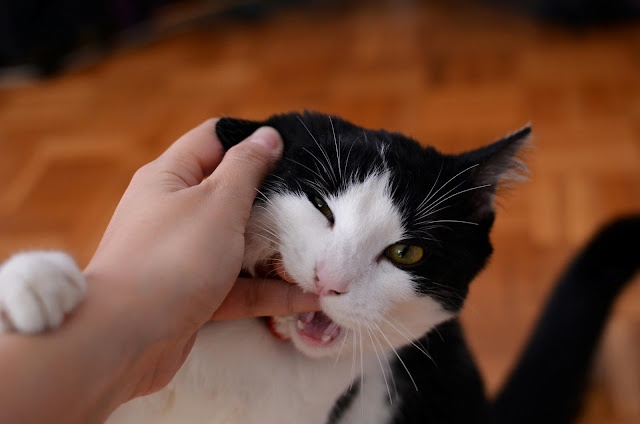The Science Behind Cats' Incredible Agility and Balance
The Science Behind Cats' Incredible Agility and Balance
Cats are known for their graceful movements, quick reflexes, and almost magical ability to land on their feet. Whether they're climbing, jumping, or twisting mid-air, a cat's agility and balance are unparalleled in the animal kingdom. But have you ever wondered what gives cats these superpowers? In this article, we’ll explore the science behind a cat’s remarkable agility and balance.
1. The Unique Structure of a Cat's Skeleton
One of the key factors that contribute to a cat's agility is its flexible skeleton. Unlike humans and many other animals, cats have a highly flexible spine. The bones in a cat’s spine are connected by elastic discs that allow them to twist and contort their bodies with ease. This flexibility helps cats land gracefully after a jump, climb trees, and even squeeze through tight spaces.
2. The Role of the Tail
A cat's tail plays a crucial role in maintaining balance. When cats walk along narrow surfaces or make sharp turns, they use their tail as a counterbalance. This is especially important when they are hunting or navigating tricky terrain. By flicking or positioning their tail, they can correct any potential imbalance and stay steady on their feet.
3. The Righting Reflex: Landing on Their Feet
One of the most famous aspects of a cat's agility is their ability to land on their feet, also known as the righting reflex. Cats can sense when they are falling and quickly reorient their bodies to ensure a safe landing. This process happens so fast that it almost seems like magic. The righting reflex starts with a cat’s inner ear, which helps them sense which way is up and which way is down. As soon as they detect a fall, they rotate their body mid-air, ensuring their feet hit the ground first.
4. Muscles Built for Speed and Precision
Cats are equipped with strong, fast-twitch muscle fibers, which allow them to react quickly and leap great distances. These muscles give cats their impressive speed and precision when hunting, playing, or escaping danger. Their lean muscle structure also supports their agility, making them incredibly efficient predators.
5. Exceptional Reflexes
Cats have incredibly fast reflexes, which contribute to their agility. Their reaction time is much quicker than that of humans, allowing them to dodge obstacles, catch prey, or jump to safety in a split second. The combination of fast reflexes, flexible muscles, and skeletal structure makes cats masters of their environment.
6. Vision and Spatial Awareness
A cat's vision plays a significant role in its agility. Cats have excellent depth perception, which helps them gauge distances when jumping or hunting. Their eyes are designed to detect movement, making them exceptional hunters. Additionally, their whiskers act as tactile sensors, providing information about nearby objects, which helps them navigate their surroundings with ease.
7. Evolutionary Advantage
Cats evolved as both predators and prey, and their agility is a result of these survival needs. Their ability to move swiftly and gracefully gives them an advantage when stalking prey, while their quick reflexes help them avoid becoming prey themselves. The combination of their sharp claws, strong muscles, and flexible bodies has made them one of the most successful hunters in the animal world.
Conclusion
The science behind a cat's agility and balance is truly fascinating. From their flexible skeleton to their keen vision and lightning-fast reflexes, every aspect of a cat’s body is designed for precision, speed, and control. Whether they are gracefully leaping from high places or quickly dodging obstacles, cats are truly one of nature’s most agile creatures.
.png)








.jpeg)



